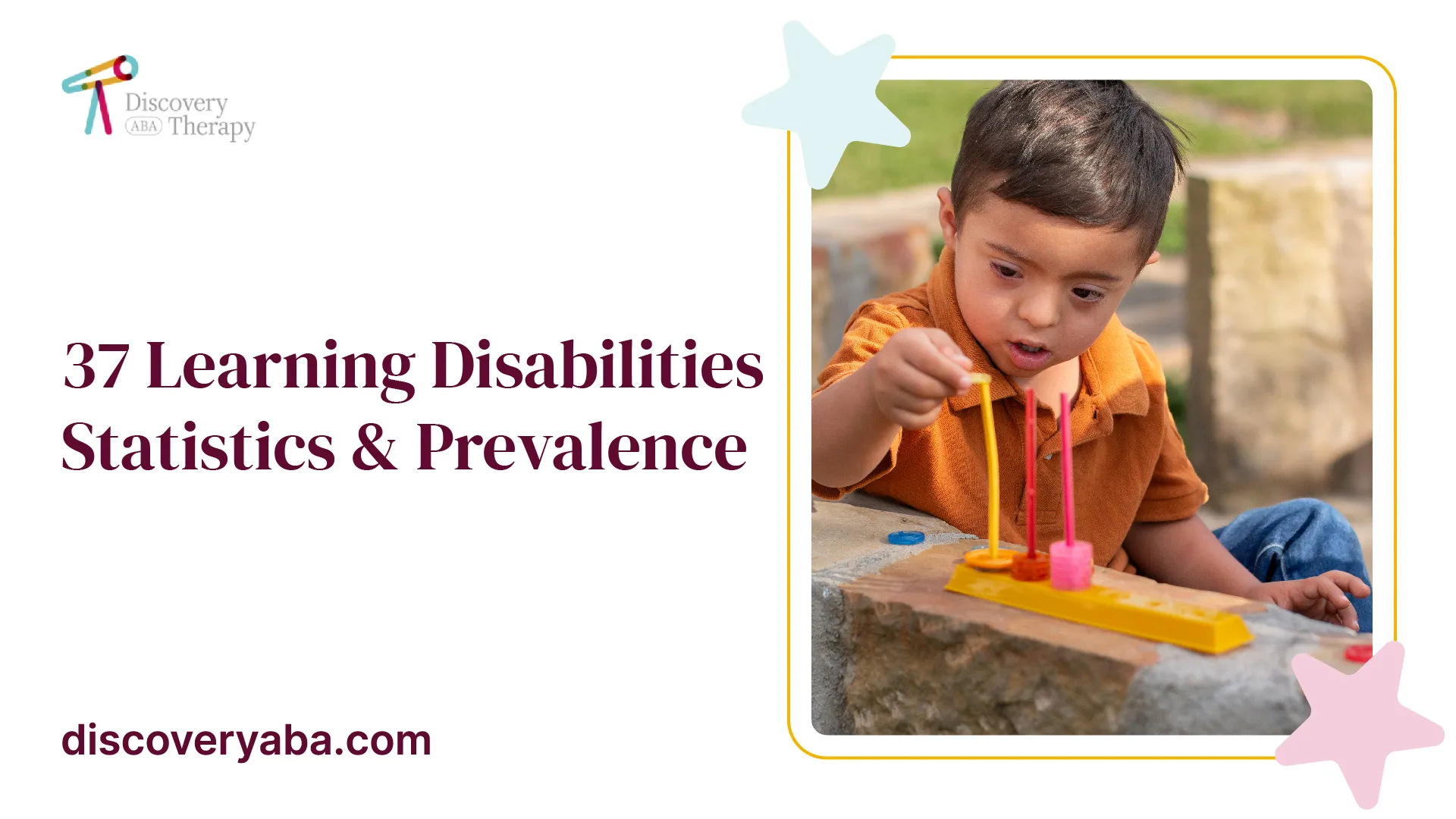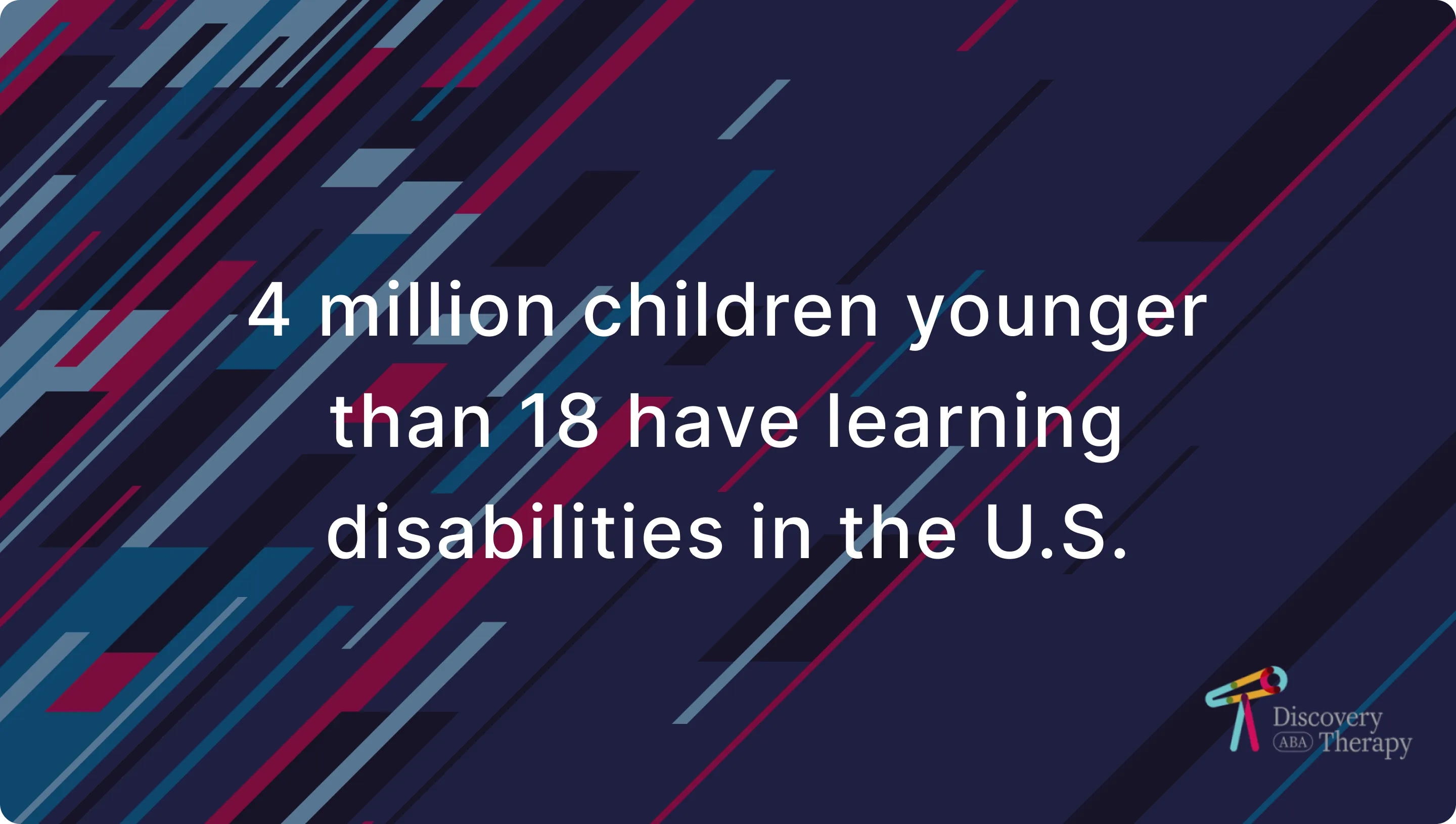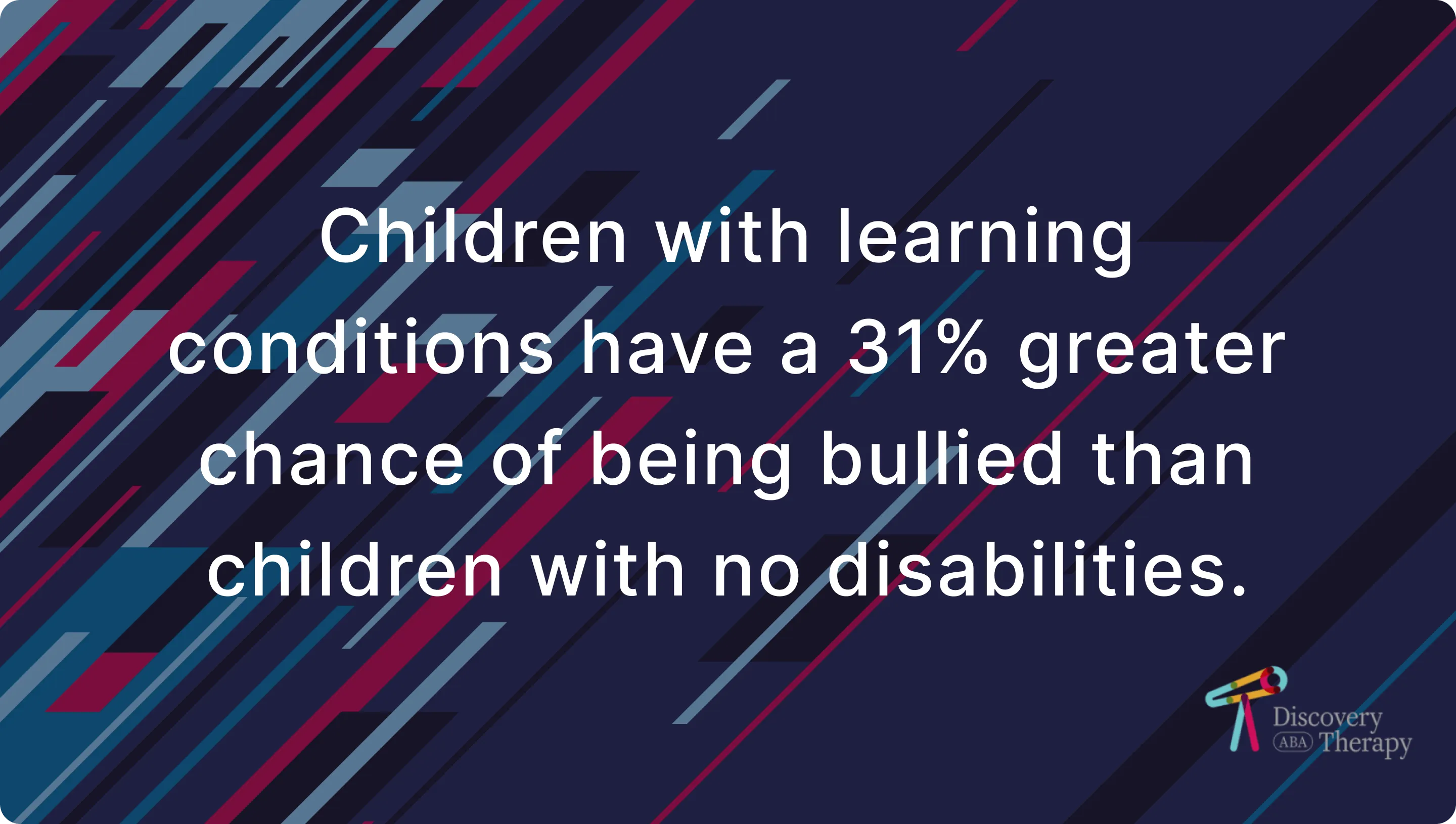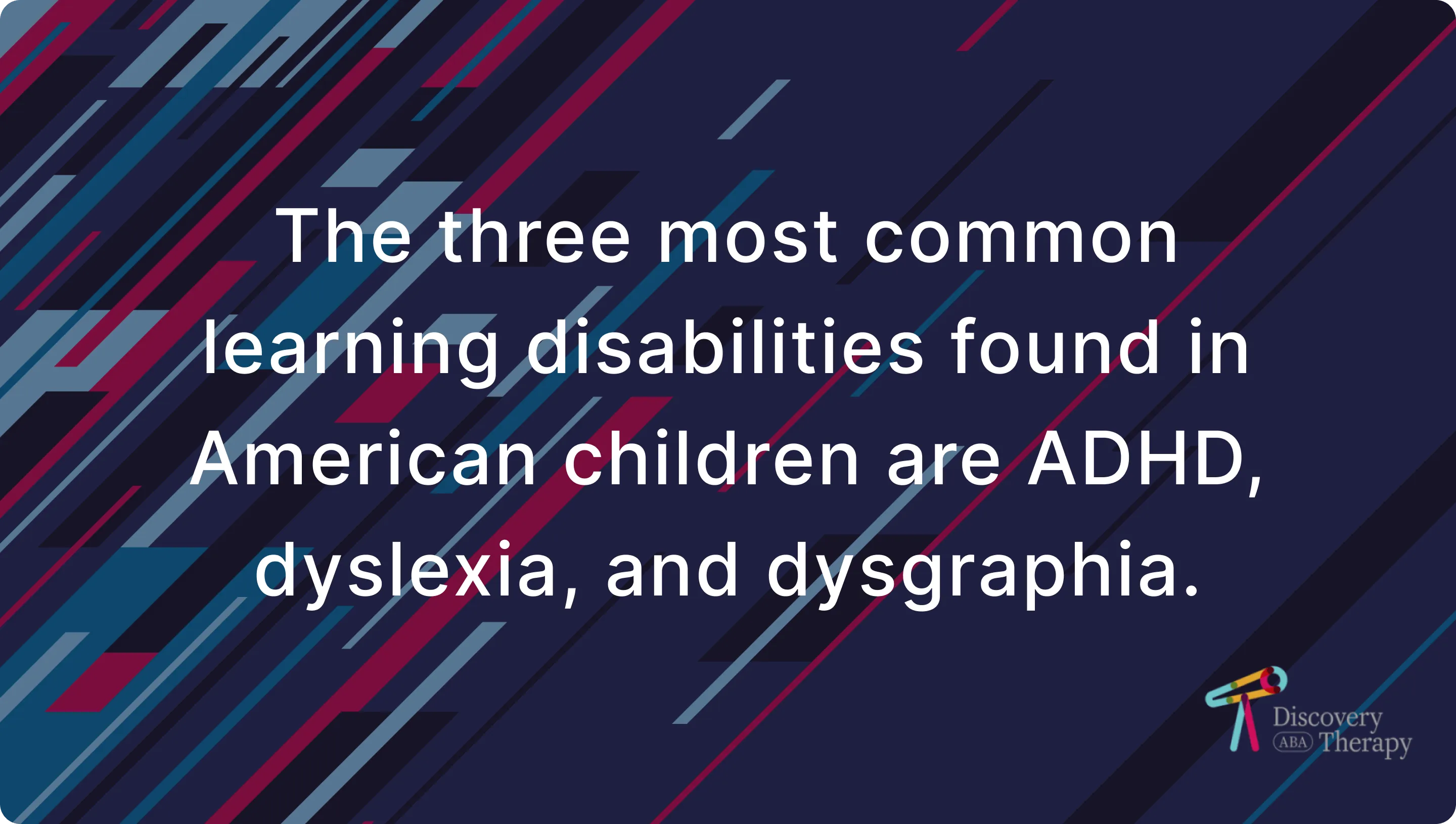37 Learning Disabilities Statistics & Prevalence
Learning disabilities are a common but often overlooked issue that affects a large number of people. How many kids have learning disabilities (LD) and ADHD? What is the prevalence of learning disabilities in the U.S. See the statistics below to find out!

Key Learning Disability Statistics and Facts
- At least 1 in 59 children has one or several learning disabilities.
- 20% of children in the U.S. have learning and thinking differences such as ADHD.
- 4 million children younger than 18 have learning disabilities in the U.S.
- 2.8 million children were getting services involving special education in 2021.
- 47% of children who receive special education have learning disabilities.
- 66% of children with learning disabilities are boys, and 34% are girls.
- Over 18% of learning-disabled children drop out of school.
Learning disabilities are a common but often overlooked issue that affects a large number of people. It is important to understand the statistics and facts surrounding learning disabilities so that you can better understand the impact they have on individuals and the world. Here are some important learning disabilities statistics and facts to know:
Learning Disabilities Prevalence
By Type
By Race
By School Participation
For every 59 children, at least one has a single or several learning disabilities.

As of 2021, 2.8 million kids are getting services involving special education.

4 million children younger than 18 have learning disabilities in the U.S.

Children with learning disabilities account for 47% of the total amount of them receiving special education.

Children with learning conditions have a 31% greater chance of being bullied than children with no disabilities.

The three most common learning disabilities found in American children are ADHD, dyslexia, and dysgraphia.

More Learning Disability Statistics
- Over 20% of the population is affected by a learning disability. This means that one in five people are affected by a learning disability in some form.
- The most common type of learning disability is dyslexia, which impacts approximately 15-20% of the population.
- Attention Deficit Hyperactivity Disorder (ADHD) is another common learning disability, affecting approximately 5-10% of the population.
- Learning disabilities can affect people of any age, but they are most common in children. Approximately one in five children have a learning disability.
- Boys are more likely than girls to be diagnosed with a learning disability, with a ratio of approximately two to one.
- Learning disabilities can negatively impact academic performance, but with proper accommodations and support, students with learning disabilities can still succeed in school.
- Early intervention and diagnosis are key in helping students with learning disabilities. Early diagnosis and treatment can help students manage their learning disabilities and better succeed in school.
- The cost of supporting students with learning disabilities in the United States is estimated to be around $3.3 billion a year.
- Research has found that students with learning disabilities are more likely to drop out of school, have lower grade point averages, and not attend college.
- Despite the challenges posed by learning disabilities, students with learning disabilities can still succeed. With the right support and resources, students with learning disabilities are capable of reaching their academic goals.
Learning disabilities are an important issue to be aware of and understand. By understanding the statistics and facts surrounding learning disabilities, we can better understand the impact they have on individuals and the world. With proper support and resources, students with learning disabilities can still reach their academic goals and achieve success.
References
- https://nces.ed.gov/programs/coe/indicator/cgg/students-with-disabilities
- https://www.healthyplace.com/parenting/learning-disabilities/learning-disabilities-statistics-and-prevalence
- https://www.crossrivertherapy.com/learning-disabilities-statistics
- https://ldaamerica.org/lda_today/the-state-of-learning-disabilities-today/
- https://www.understood.org/en/articles/learning-disabilities-by-the-numbers
Contact us
North Carolina, Nevada, Utah, Virginia
New Hampshire, Maine
Arizona, Colorado, Georgia, New Mexico, Oklahoma, Texas
.avif)

